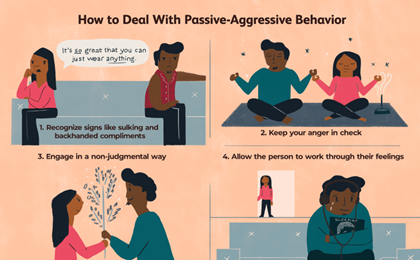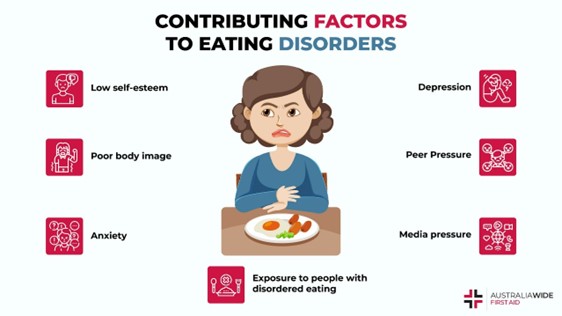A supervisor assigns a worker a new project. The worker initially agrees but feels resentful. The next day. when asked about the project worker says, “I've been working on Other things."
When asked 4 hours later, the worker says, "Someone else was using the copy machine, so I couldn’t finish it."
The worker's behavior demonstrates:
Passive aggression
Repression
Sublimation
Reaction formation
The Correct Answer is A
Passive-aggressive behavior is characterized by indirect resistance to the demands of others and an avoidance of direct confrontation. In this case, the worker is demonstrating passive-aggressive behavior by initially agreeing to the project but then making excuses and not completing it.

Nursing Test Bank
Naxlex Comprehensive Predictor Exams
Related Questions
Correct Answer is C
Explanation
A systolic blood pressure of 62 mm Hg indicates severe hypotension and is a medical emergency. This is a life-threatening situation that requires immediate hospitalization for stabilization and treatment. Clients with eating disorders are at risk of electrolyte imbalances, cardiac complications, and other medical complications due to malnutrition and dehydration. While the other options are also abnormal findings, they are not as severe as the critically low blood pressure measurement. Therefore, the priority for hospitalization would be the client with severe hypotension.

Correct Answer is D
Explanation
Refeeding syndrome is a potentially life-threatening condition that can occur when a person with anorexia nervosa begins to eat again after a period of starvation. It is important for the nurse to closely monitor the patient for signs of refeeding syndrome, such as electrolyte imbalances and fluid overload, as the patient begins to gain weight.

Whether you are a student looking to ace your exams or a practicing nurse seeking to enhance your expertise , our nursing education contents will empower you with the confidence and competence to make a difference in the lives of patients and become a respected leader in the healthcare field.
Visit Naxlex, invest in your future and unlock endless possibilities with our unparalleled nursing education contents today
Report Wrong Answer on the Current Question
Do you disagree with the answer? If yes, what is your expected answer? Explain.
Kindly be descriptive with the issue you are facing.
